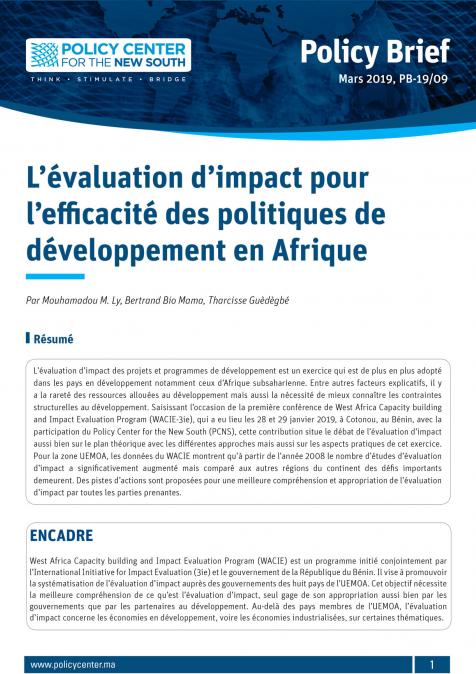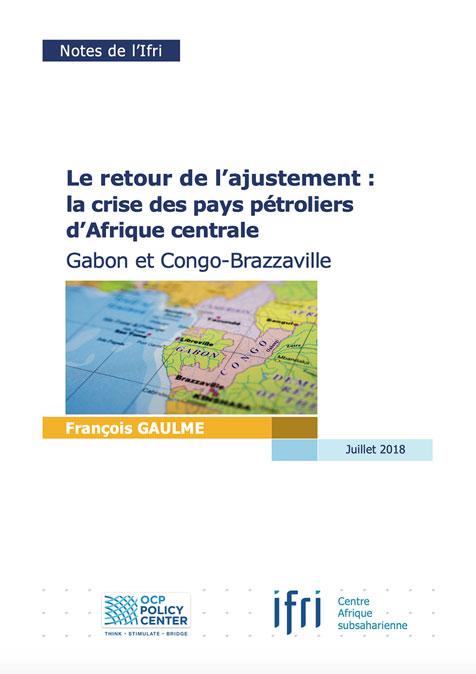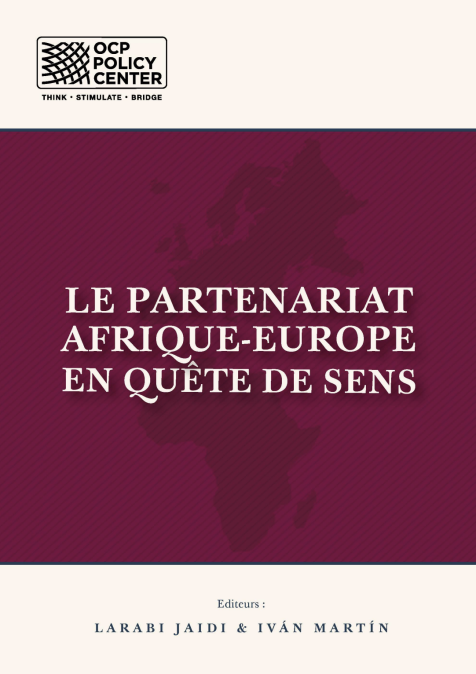Publications /
Policy Brief
L’évaluation d’impact des projets et programmes de développement est un exercice qui est de plus en plus adopté dans les pays en développement notamment ceux d’Afrique subsaharienne. Entre autres facteurs explicatifs, il y a la rareté des ressources allouées au développement mais aussi la nécessité de mieux connaître les contraintes structurelles au développement. Saisissant l’occasion de la première conférence de West Africa Capacity building and Impact Evaluation Program (WACIE-3ie), qui a eu lieu les 28 et 29 janvier 2019, à Cotonou, au Bénin, avec la participation du Policy Center for the New South (PCNS), cette contribution situe le débat de l’évaluation d’impact aussi bien sur le plan théorique avec les différentes approches mais aussi sur les aspects pratiques de cet exercice. Pour la zone UEMOA, les données du WACIE montrent qu’à partir de l’année 2008 le nombre d’études d’évaluation d’impact a significativement augmenté mais comparé aux autres régions du continent des défis importants demeurent. Des pistes d’actions sont proposées pour une meilleure compréhension et appropriation de l’évaluation d’impact par toutes les parties prenantes.





